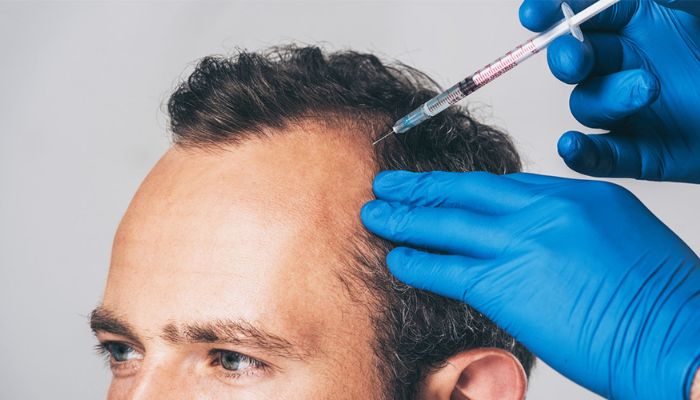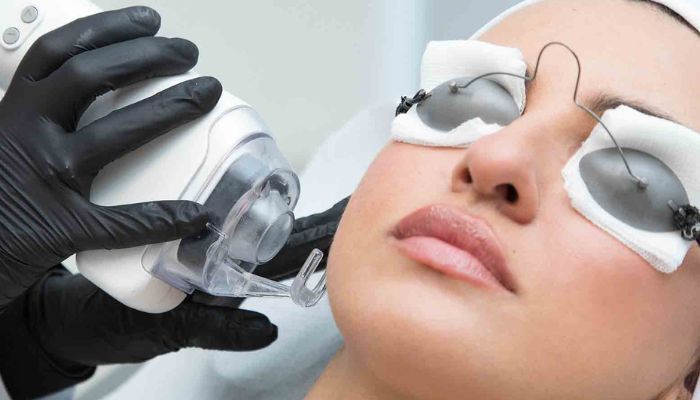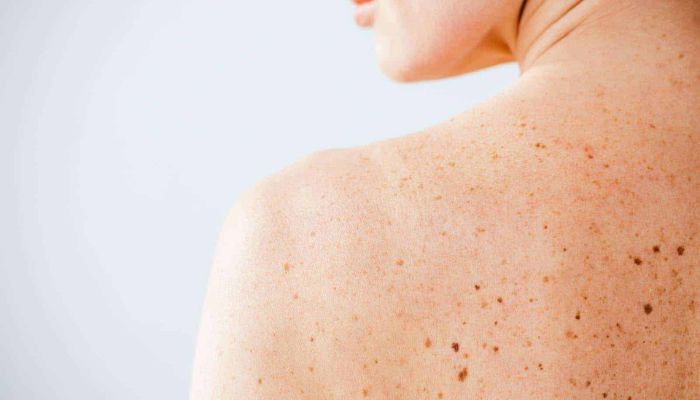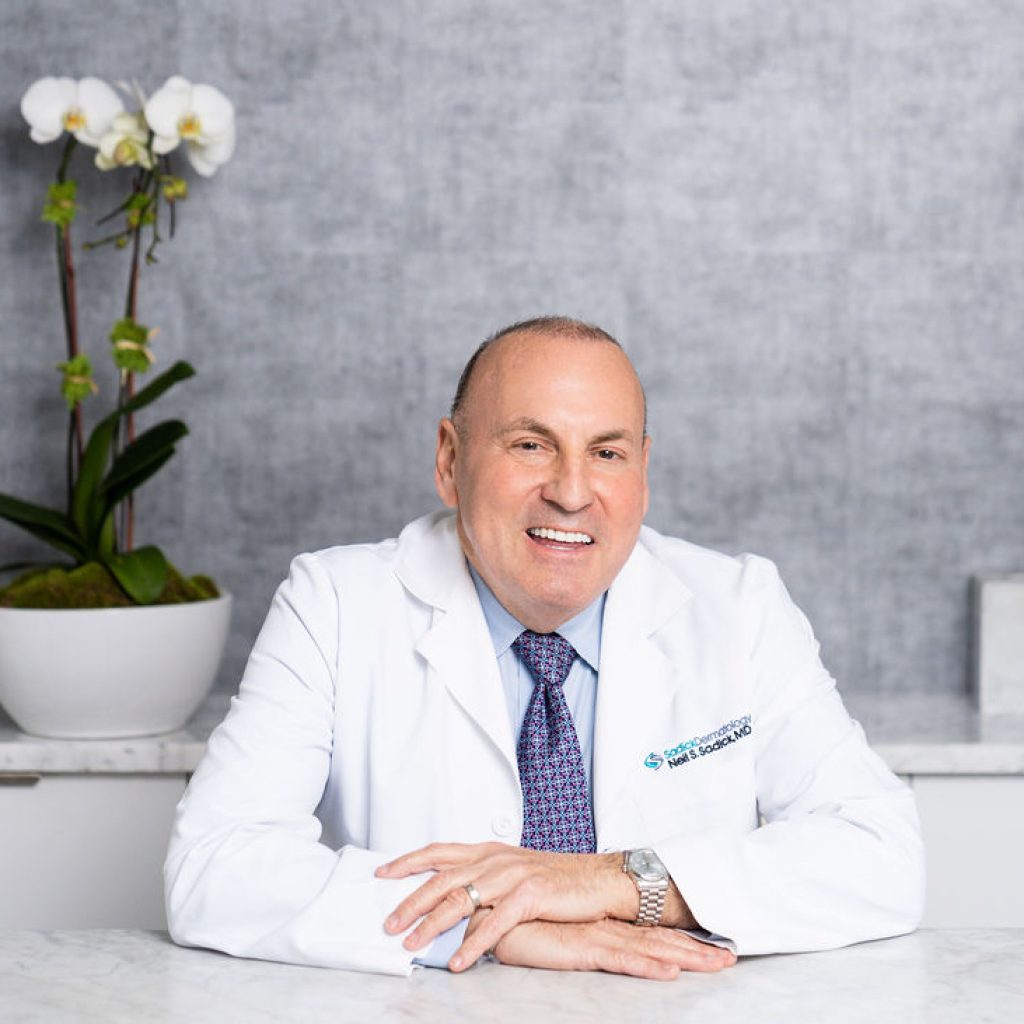Whether man or woman, everyone can be affected by thinning hair. If you’ve noticed that your hairbrush has more hair in it than usual, or that running your fingers through your hair feels different than it used to, thinning hair might be the culprit. Fortunately, hair restoration advancements have brought about various ways to give back the confidence that may be receding along with your hairline.
But, the field of hair restoration has been revolutionized over the last few years by the development of platelet-rich plasma (PRP) as a non-surgical treatment option.
Table of Contents
Platelet-rich Plasma For Hair Restoration
Platelet-rich plasma (PRP) is a treatment that has been used in several ways, but recent research shows that this therapy is a promising option for hair restoration, with the ability to stimulate inactive hair follicles into growing again. This means that it only works where there is existing hair – if there is no hair follicle, PRP cannot encourage growth.
The main advantages of PRP are that it is a minimally invasive procedure that is virtually painless and requires no downtime for recovery. Additionally, because PRP treatments use the patient’s own blood, there are no risks of side effects or rejection.
The main advantages of PRP are that it is a minimally invasive procedure that is virtually painless and requires no downtime for recovery. Additionally, because PRP treatments use the patient’s own blood, there are no risks of side effects or rejection.
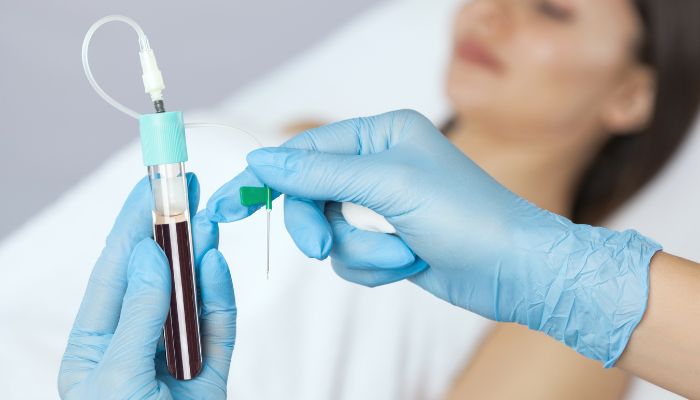
How PRP Works?
When you choose PRP to address thinning hair and come in for your treatment, Dr. Sadick will extract a small amount of your blood. The blood is then processed through a centrifuge, separating the platelets from the other cells in your blood sample. The PRP that is obtained is then carefully injected into the area on your scalp designated for treatment. Platelets contain stimulating growth factors that can boost hair growth and strengthen existing healthy follicles.
It’s a short, virtually painless procedure done right in our office in multiple sessions, and offers very few side effects.
PRP Aftercare
Post-procedure, there are no restrictions – you can return to normal activities and even shower and wash your hair. You may notice a mild sensation of heat in the treatment area, similar to a sunburn, but this is temporary and resolves quickly. For optimal results, you may need more than one treatment session, which is something that you and Dr. Sadick will discuss when formulating your individualized treatment plan.
What To Expect From Your PRP Treatment?
Results aren’t immediately visible, but you will start to see a gradual change in your hair as the growth factors do their job. Within two to six months, your hair will begin to look thicker and you’ll be able to see noticeable, positive results.
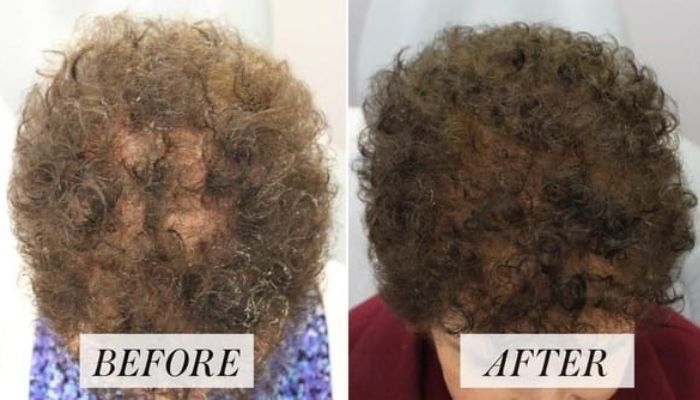
How Many PRP Sessions Do I Need for Hair Regrowth?
The number of PRP sessions you need to see results depends on the severity of your hair loss. If you have a small bald spot, then one or two sessions are likely sufficient. However, if you have significant hair loss, it will take several sessions to get back to where you want to be. In general, clients with severe hair loss will need three or four sessions spaced about one month apart in order to achieve optimal results. We recommend “touch-ups” treatments every three to six months for optimal results.
Conclusion
If thinning hair is causing you to struggle with confidence or self-esteem, and you’re ready to try a minimally-invasive method for hair restoration, PRP therapy may be the solution. The procedure is simple, safe, effective and painless.
